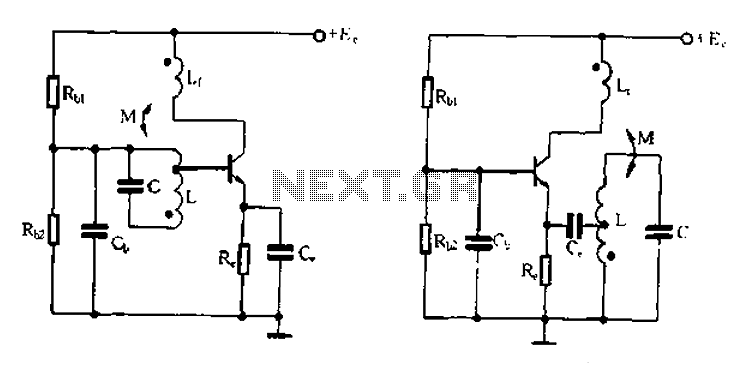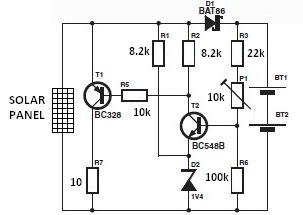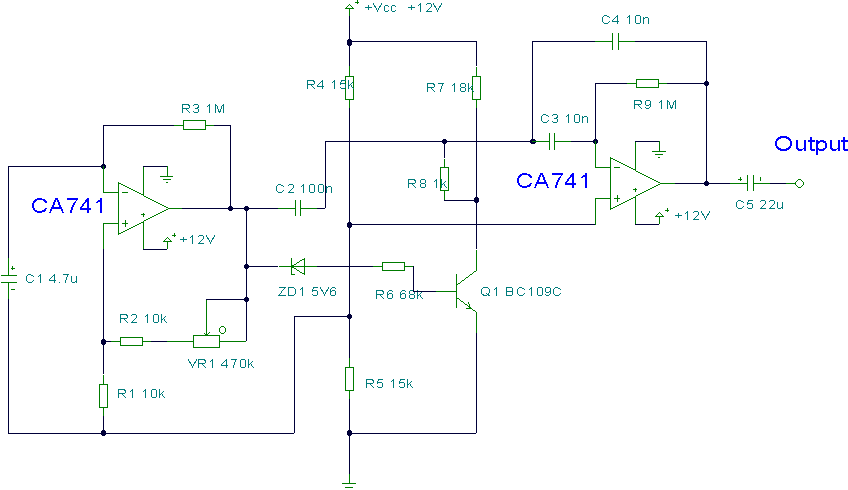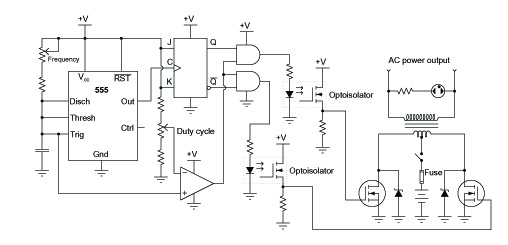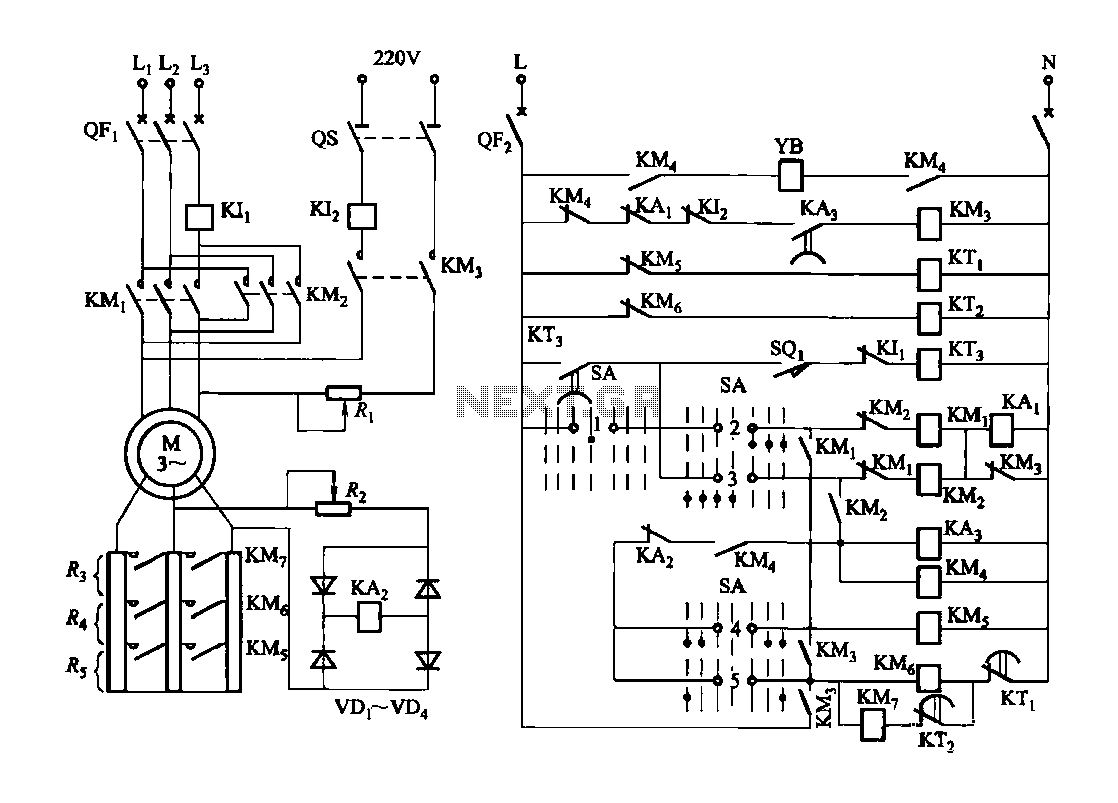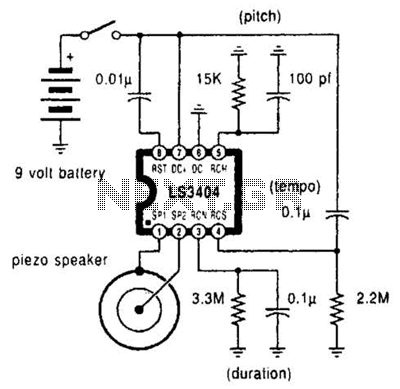
Video Master Circuit
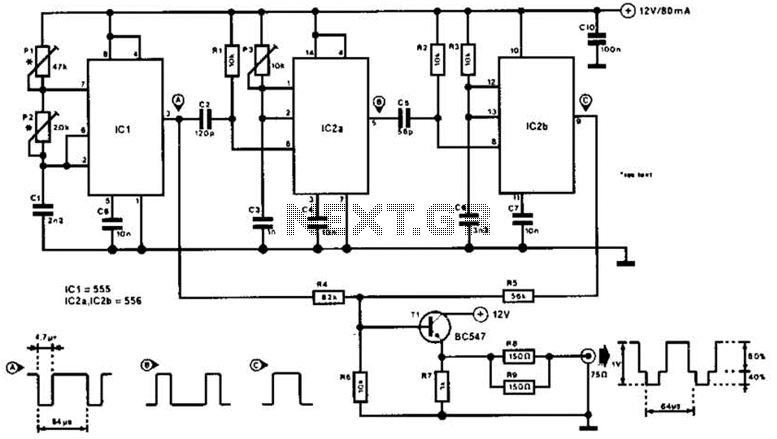
The video master comprises a series of converters that allocate all video sources to unused UHF channels. These channels are then combined with standard TV channels, whether terrestrial or cable, into a single cable. This single cable can subsequently provide signals to multiple TV sets, ensuring whole-house coverage. The desired video source can be selected using the TV set's tuner. Additionally, all remote-control features of the TVs are preserved.
The video master system is designed to optimize the use of available broadcasting frequencies by utilizing unused UHF channels for video signal distribution. Each video source, such as a DVD player, gaming console, or streaming device, is connected to a dedicated converter. These converters modulate the video signals into UHF frequencies, which are not typically occupied by conventional television broadcasts.
This configuration allows for seamless integration of multiple video sources into a single output cable, which can be distributed throughout the home. The combination of the modulated UHF channels with existing terrestrial or cable TV channels is accomplished using a combiner, ensuring that all signals coexist without interference.
The output from the combiner is a single coaxial cable that can be routed to various locations within the home, connecting to multiple television sets. Each TV set is equipped with a tuner that can select the appropriate channel corresponding to the desired video source. This setup retains the functionality of the remote control for each TV, allowing users to switch between different video sources effortlessly.
The system may also incorporate additional features such as a distribution amplifier to maintain signal strength across long cable runs, and filters to prevent interference between channels. This ensures high-quality video playback and user satisfaction across all connected devices. Overall, the video master system represents a versatile and efficient solution for managing multiple video sources in a home environment. The video master consists of a series of converters that place all your video sources on unused UHF channels, which then combines them with normal TV channels (terrestrial or cable into one cable). That one cable can then feed several TV sets for whole-house coverage. The desired video source is selected with the TV set`s tuner. All of the TVs remote-control features are retained.
The video master system is designed to optimize the use of available broadcasting frequencies by utilizing unused UHF channels for video signal distribution. Each video source, such as a DVD player, gaming console, or streaming device, is connected to a dedicated converter. These converters modulate the video signals into UHF frequencies, which are not typically occupied by conventional television broadcasts.
This configuration allows for seamless integration of multiple video sources into a single output cable, which can be distributed throughout the home. The combination of the modulated UHF channels with existing terrestrial or cable TV channels is accomplished using a combiner, ensuring that all signals coexist without interference.
The output from the combiner is a single coaxial cable that can be routed to various locations within the home, connecting to multiple television sets. Each TV set is equipped with a tuner that can select the appropriate channel corresponding to the desired video source. This setup retains the functionality of the remote control for each TV, allowing users to switch between different video sources effortlessly.
The system may also incorporate additional features such as a distribution amplifier to maintain signal strength across long cable runs, and filters to prevent interference between channels. This ensures high-quality video playback and user satisfaction across all connected devices. Overall, the video master system represents a versatile and efficient solution for managing multiple video sources in a home environment. The video master consists of a series of converters that place all your video sources on unused UHF channels, which then combines them with normal TV channels (terrestrial or cable into one cable). That one cable can then feed several TV sets for whole-house coverage. The desired video source is selected with the TV set`s tuner. All of the TVs remote-control features are retained.
